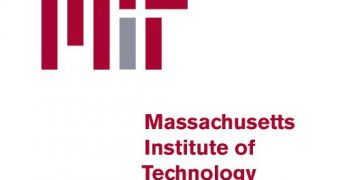Although not yet perfected, MIT researchers used polysilicon-made waveguides and the same manufacturing facilities as semiconductor manufacturer Texas Instruments (TI) in order to create a chip that incorporated a large number of functional optical components. The MIT researchers' view is that, if they somehow manage to create light-based chips and implement them into working systems, not only will power consumption be greatly reduced, but the computers themselves would run much faster.
IT developers don't currently show any great interest in the area of optics-based chips because, so far, such components could not be constructed through “traditional” means. Michael Watts, a researcher at Sandia National Laboratories who also works on optical chips, believes that this progress could more easily convince companies that such a technology can genuinely be implemented without any major changes to the manufacturing process.
“I don’t see anyone else that’s doing that,” Watts says. “If they’re successful at that, then convincing a major processor or memory manufacturer that this is a viable approach will be much, much easier.”
There was only a tiny inconvenience related to the actual manufacture, in the way that preventing the light from leaking out of the polysilicon waveguides could only be achieved by hollowing out the space under them after TI finished the actual manufacturing process of the two prototype sets. This operation is the only thing that the fab's processes could not accomplish, although Watts doesn't see this as a big obstacle.
“That can probably be fixed more elegantly in the fabrication house if they see that by fixing that, we get all these benefits,” he adds. “That’s a pretty minor modification, I think.”
This invention is aimed at giving electronics direct control over optics, something that Professor Vladimir Stojanović believes hasn't been achieved so far. Stojanović also believes that optics could also successfully be used in memory chips, although he admits the fact that actual developments of optics-based memory units would be somewhat harder.
“Memory’s a much tougher nut to crack, because it is such a cost-driven business, where every process step matters,” Stojanović says. “Things are a lot harder to change there, and optics really needs to be absolutely compatible with process flow.” The professor goes on to explain what impact photonic memory modules would have on a system. “If you just focus on the processor itself, you maybe get a 4x advantage with photonics, but if you focus on the whole connectivity problem, we’re talking 10, 20x improvements in system performance.”
This project seems quite ambitious but technology is moving closer and closer to smaller and faster processors, which means that, eventually, such photonic processes may become the basis for next-generation computing.

 14 DAY TRIAL //
14 DAY TRIAL //